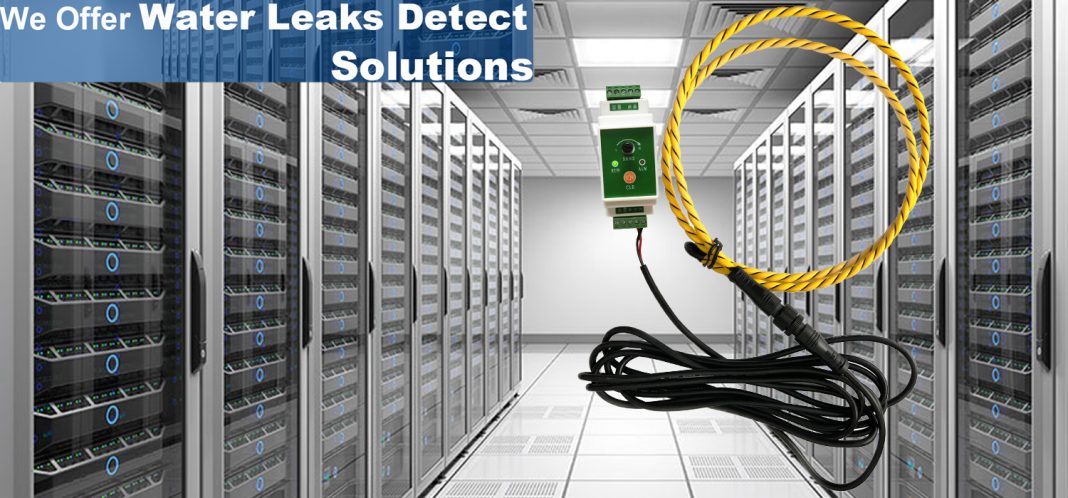Environmental monitoring is the systematic collection, analysis, and interpretation of data about the environment. It is used to track changes in the environment over time, identify potential problems, and assess the effectiveness of environmental management measures. Environment Monitoring plays a crucial role in understanding, assessing, and mitigating the impacts of human activities on the environment.
Choosing Environment Monitoring Systems
Selecting the right environment monitoring system is crucial for accurately assessing the state of the environment, identifying potential risks, and implementing appropriate measures for sustainable development. With a wide array of technologies and options available, choosing the most suitable system can be challenging. To aid in the decision-making process, consider the following factors when selecting an environment monitoring system.
Consider Data Accuracy and Reliability
Data accuracy and reliability are paramount in environment monitoring. Look for systems with high-quality sensors and instruments that have been validated and calibrated for accuracy. Check if the system meets industry standards and regulatory requirements to ensure the collected data is dependable and can be used for decision-making with confidence.
Evaluate Data Frequency and Real-time Capabilities
The frequency at which data is collected can significantly impact the effectiveness of monitoring efforts. Some systems offer real-time data collection and transmission, allowing you to respond promptly to changes and potential environmental hazards. Real-time capabilities are essential for applications like air quality management, where timely interventions can protect public health.
Assess Data Storage and Management
Consider how the monitoring system handles data storage and management. Robust data management is essential for storing, processing, and analyzing large volumes of environmental data. Cloud-based solutions often offer scalable and secure data storage, accessible from various locations. Ensure the system has adequate data backup and archiving functionalities to preserve historical records for long-term analysis.
Scalability and Flexibility
The monitoring needs of an organization may evolve over time. Choose a system that is scalable and can accommodate future expansions or changes in monitoring objectives. Flexibility in adding new sensors or integrating with other monitoring systems can enhance the effectiveness and longevity of the chosen solution.
Energy Efficiency and Sustainability
Environment monitoring systems that consume excessive energy can be counterproductive to sustainability efforts. Look for energy-efficient solutions and explore renewable energy options for powering the system. Additionally, consider the environmental impact of the system’s manufacturing, installation, and end-of-life disposal.
Cost-effectiveness
Evaluate the overall cost-effectiveness of the environment monitoring system. Consider not only the initial investment but also ongoing operational costs, maintenance requirements, and potential upgrades. A system with low maintenance needs and long-term reliability can often offer better cost-effectiveness in the long run.
User Interface and Data Visualization
An intuitive user interface and data visualization tools are essential for efficiently interpreting and monitoring data. Look for systems that offer user-friendly dashboards, graphs, and maps to present data in a clear and easily understandable manner.
Support and Training
Choose a system from a reputable provider that offers excellent customer support, maintenance services, and technical training. Adequate training is crucial for system operators to maximize the effectiveness of data collection and analysis.











